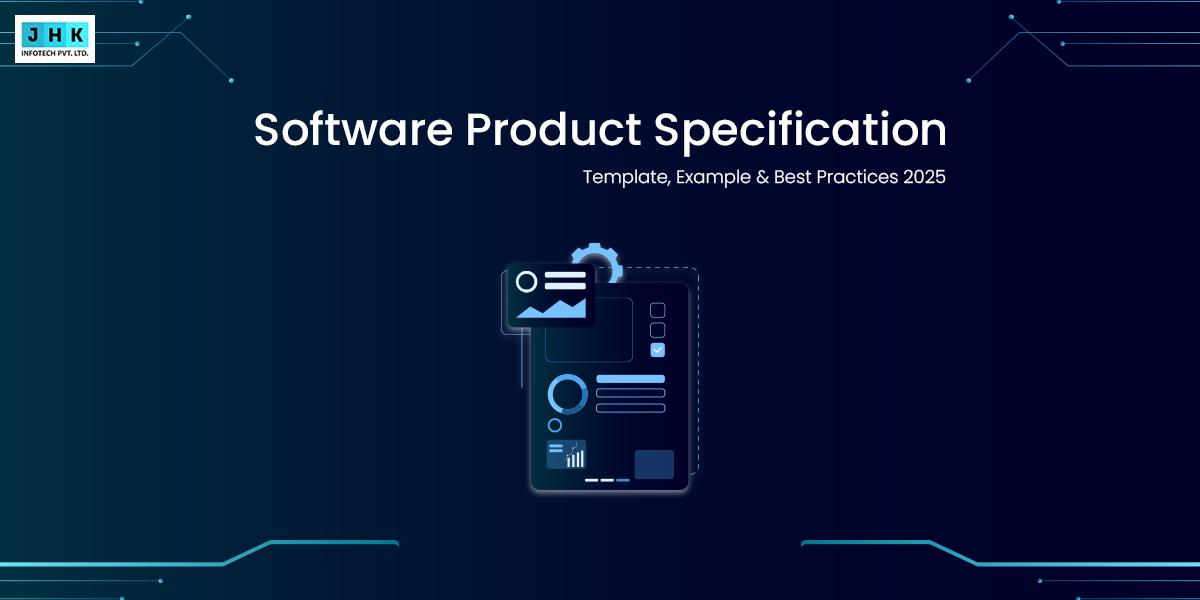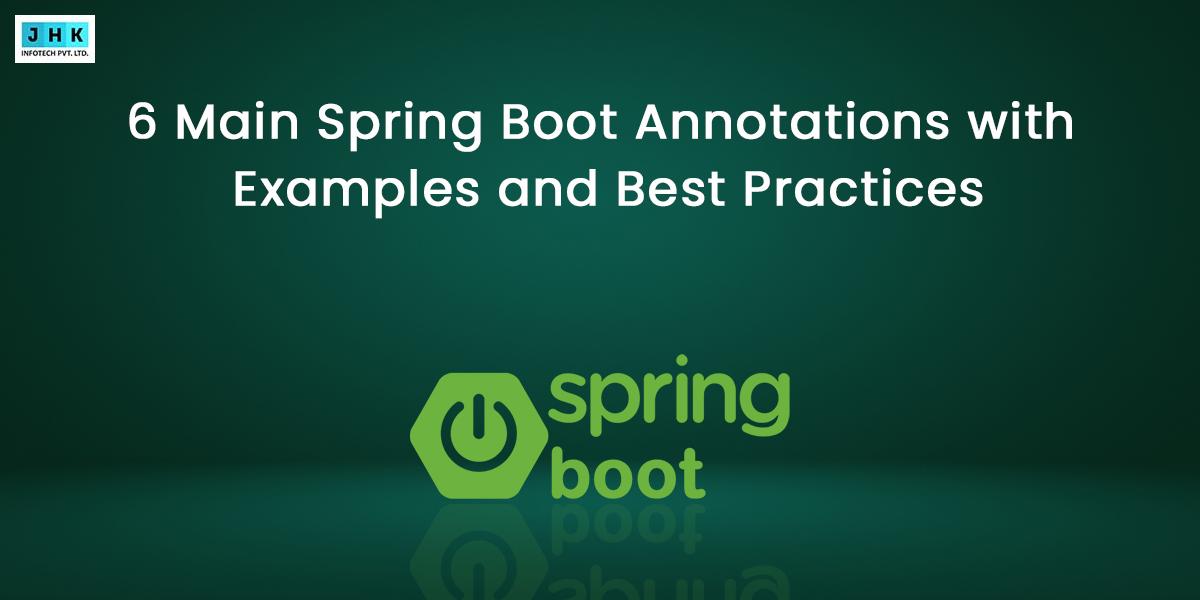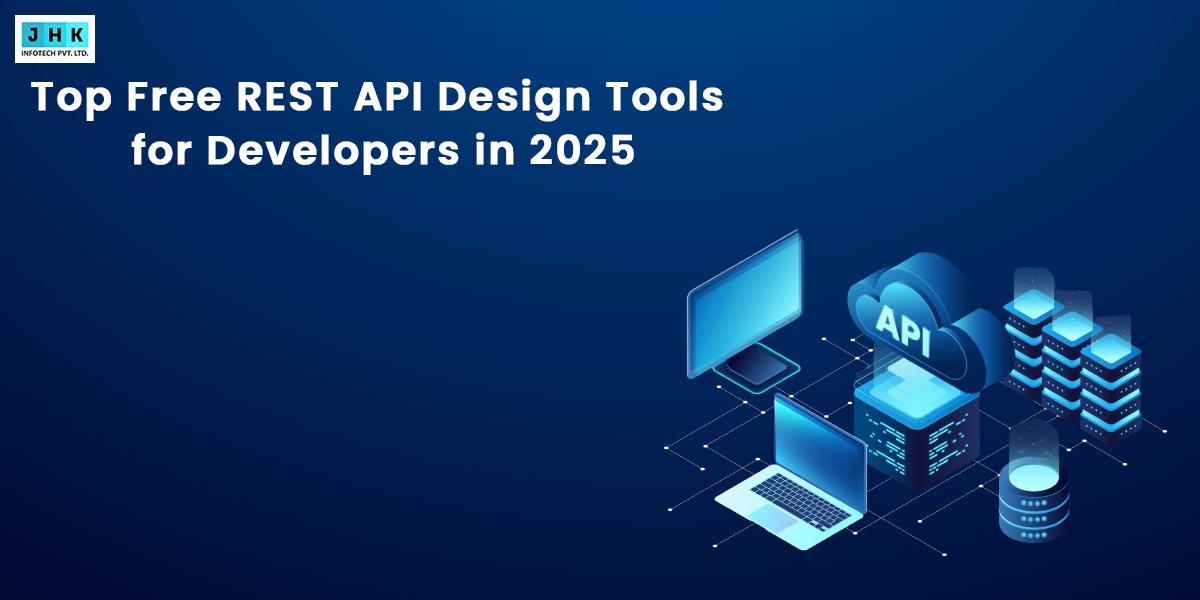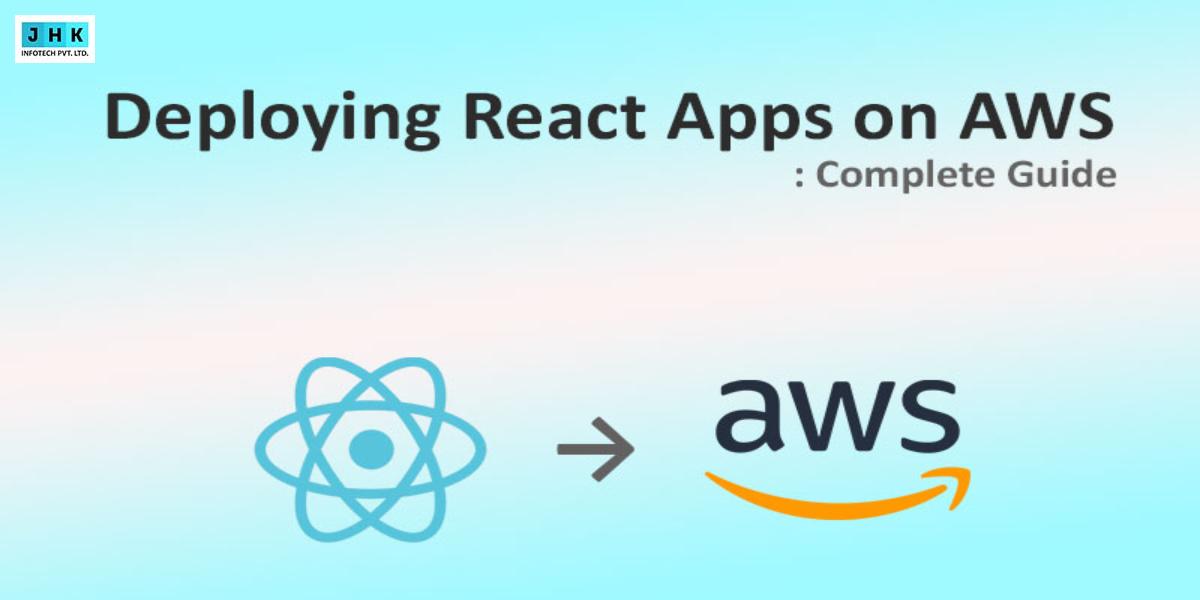What Is MVP in App Development? A Beginner’s Guide

In the rapidly evolving world of app development, the concept of a Minimum Viable Product (MVP) stands as a cornerstone of innovation. MVP refers to the most basic version of a product that still addresses core user needs. By stripping the product down to its essential features, developers can test its viability without committing to a full-scale launch. This iterative approach fosters learning, adaptability, and efficiency, enabling businesses to take calculated risks in a competitive market.
For startups, MVPs offer an affordable and efficient way to validate an idea. They reduce the cost of failure and create an opportunity to pivot based on user feedback. For enterprises, MVPs support agile development, ensuring projects align with market demand before scaling. Whether you’re a budding entrepreneur or an established company, leveraging an MVP is a strategic move to maximize resources and minimize risks.
MVP in App Development
What Does MVP Stand For?
MVP stands for Minimum Viable Product, but its meaning goes beyond the acronym. It represents a mindset—a commitment to building a functional product with just enough features to address early adopters’ needs. It is not about creating a “half-baked” solution but rather focusing on delivering value while collecting insights for continuous improvement.
The Core Principles of Minimum Viable Product
The principles of MVP revolve around simplicity, iteration, and feedback. The idea is to avoid overcomplicating the initial product, focus on delivering a specific solution, and allow real-world feedback to guide subsequent development. By embracing these principles, businesses can adapt quickly and stay relevant in a constantly shifting market.
Benefits of Building an MVP
Validating Your Idea Before Full Development
An MVP allows businesses to test their concepts in a real-world environment. This validation process ensures the product addresses genuine problems and resonates with its target audience.
Saving Time and Development Costs
By concentrating on essential features, businesses avoid wasting resources on unnecessary development. This efficiency translates into faster time-to-market and lower costs, a critical advantage in competitive industries.
Gathering Real User Feedback for Future Enhancements
Early adopters of an MVP provide invaluable insights. Their feedback reveals pain points, preferences, and opportunities for improvement, shaping the direction of the product’s evolution.
Reducing Risks in App Development
Investing in a full-scale product without market validation is risky. MVPs mitigate this risk by enabling developers to test hypotheses and make data-driven decisions before scaling.
The Role of MVP in the App Development Process
How MVP Fits Into Agile Development Methodology
>Agile development and MVPs go hand-in-hand. Both focus on iterative progress, adaptive planning, and continuous improvement. MVPs align perfectly with Agile sprints, ensuring the product evolves in response to user feedback.
MVP vs. Prototype: Key Differences Explained
A prototype demonstrates the look and feel of a product, while an MVP is a functional solution tested in the market. Prototypes are often static and used for internal validation, whereas MVPs engage real users in a live environment.
Key Elements of a Successful MVP
Identifying Core Features to Solve User Problems
Focusing on the “must-haves” ensures the MVP directly addresses user pain points. These core features should provide immediate value while setting the foundation for future enhancements.
Understanding Target Audience and Their Needs
Knowing your audience is essential. Conduct thorough research to identify their demographics, behaviors, and pain points to ensure your MVP aligns with their expectations.
Establishing Measurable Success Metrics
Define clear KPIs to evaluate the MVP’s performance. Metrics like user retention, engagement, and conversion rates provide a tangible measure of success.
Types of MVPs in App Development
Low-Fidelity MVPs: Wireframes, Mockups, and Prototypes
These simple MVPs focus on conceptualizing ideas. They are cost-effective and ideal for validating concepts before committing to development.
High-Fidelity MVPs: Beta Apps and Fully Functional Solutions
High-fidelity MVPs are closer to the final product, providing a more comprehensive user experience. They are typically used for detailed market testing.
Building an MVP for Your App
Conducting Market Research and Competitive Analysis
Thorough market research identifies gaps and opportunities, ensuring your MVP addresses real-world needs. Competitive analysis highlights differentiators that can set your product apart.
Defining the Problem Your App Will Solve
A successful MVP begins with a clear problem statement. Identify what your app aims to resolve and ensure this drives every decision in the development process.
Prioritizing Features Based on User Needs
Leverage frameworks such as the MoSCoW method to prioritize features, sorting them into categories like must-haves, should-haves, could-haves, and won’t-haves. Focus on delivering high-value functionalities.
Designing and Developing the MVP
Collaborate with designers and developers to create a seamless, user-friendly experience. Agile practices ensure the MVP is built iteratively and efficiently.
Real-World Examples of MVPs in App Development
How Dropbox Validated Their Idea with a Simple Video
Dropbox’s MVP was a demo video showcasing its concept. This low-cost strategy attracted thousands of signups, proving market demand before development.
Airbnb’s Early MVP Approach to Test Market Demand
Airbnb’s founders tested their idea by renting out their own apartment. This grassroots MVP validated the concept and laid the groundwork for global success.
Frequent Pitfalls to Steer Clear of When Developing an MVP
Overloading the MVP with Too Many Features
Cramming features into an MVP dilutes its purpose. Focus on simplicity and ensure each feature aligns with user needs.
Ignoring User Feedback After Launch
Feedback is the cornerstone of improvement. Ignoring user insights undermines the iterative process, leaving potential opportunities unexplored.
Focusing on Perfection Instead of Functionality
An MVP doesn’t need to be perfect. It needs to work. Prioritize functionality over polish in the initial stages.
Tools and Technologies for Developing an MVP
Popular Frameworks and Platforms for MVP Development
Frameworks like React Native, Flutter, and Laravel streamline the development process, making it easier to build functional MVPs quickly.
Leveraging No-Code and Low-Code Tools for Faster MVP Creation
Platforms like Bubble and Adalo empower non-developers to create MVPs, reducing costs and speeding up development timelines.
Measuring the Success of Your MVP
How to Use KPIs to Track MVP Performance
Track metrics like user engagement, retention, and feedback to gauge your MVP’s success and identify areas for improvement.
Analyzing User Feedback and Behavior for Improvement
Utilize tools like heatmaps, surveys, and analytics to understand user behavior and refine your product accordingly.
Scaling Your MVP to a Full-Scale Product
When Is the Right Time to Expand Your MVP?
Expand when you’ve validated demand and identified features that resonate with users. Scaling too early can result in the misallocation of valuable resources, causing inefficiencies and unnecessary costs. It’s crucial to wait for sufficient market validation before expanding.
Transforming User Insights into Full Product Features
Use the data collected during the MVP phase to prioritize and implement new features, ensuring they align with user needs.
The Role of an MVP Development Partner
Why Hiring an Experienced MVP Development Team Matters
An experienced team brings technical expertise and strategic insight, ensuring your MVP is built efficiently and effectively.
Choosing the Right Development Partner for Your Needs
Evaluate potential partners based on their portfolio, communication skills, and understanding of your vision.
Challenges in MVP App Development
Balancing Speed, Quality, and Functionality
Striking the right balance is key. Too fast, and you risk quality; too slow, and you lose market opportunities.
Navigating Resource Constraints in Early Development
Limited budgets and teams can make MVP development challenging. Prioritize wisely and leverage cost-effective tools.
Future Trends in MVP Development
AI and Machine Learning in MVP Creation
Emerging technologies like AI are revolutionizing MVP development, enabling personalized and adaptive solutions.
The Rise of Rapid Development Tools
Tools that accelerate development are becoming mainstream, empowering teams to bring ideas to life faster than ever.
Final Thought
An MVP minimizes risk, optimizes resources, and validates ideas, making it a strategic starting point for app development.
Success lies in simplicity, adaptability, and user focus. By embracing the MVP approach, businesses can innovate confidently and effectively.










